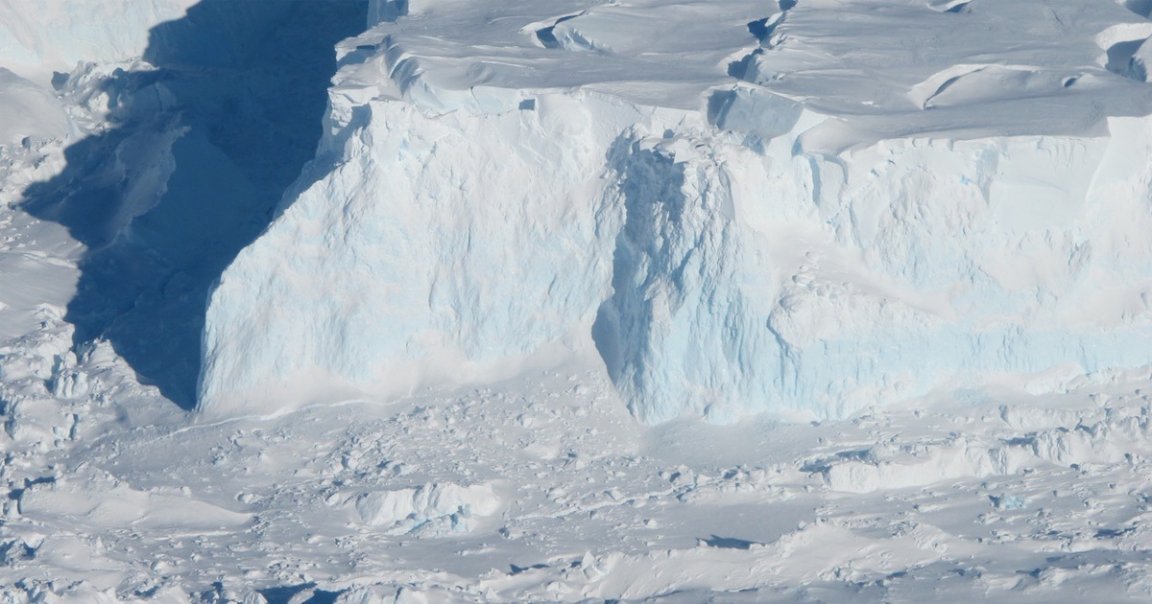
Cold Hard Facts
A team of scientists have been closely monitoring the Thwaites — or “Doomsday” — glacier in Antarctica since 2018.
Now they’re summarizing the findings of their six year project, the International Thwaites Glacier Collaboration, and the outlook, they conclude, is “grim.”
Their latest understanding is that the Thwaites will melt at an even faster rate as the century marches on and face complete collapse within 200 years. Should it melt, the icy mass contains so much water that it could single-handedly raise global sea levels by over two feet — hence its foreboding moniker.
“Thwaites has been retreating for more than 80 years, accelerating considerably over the past 30 years, and our findings indicate it is set to retreat further and faster,” Lob Larter, the ITGC’s UK science lead from the British Antarctic Survey, said in a statement.
“There is a consensus that Thwaites Glacier retreat will accelerate sometime within the next century,” he added. “However, there is also concern that additional processes revealed by recent studies, which are not yet well enough studied to be incorporated into large scale models, could cause retreat to accelerate sooner.”
Low Blow
The Thwaites already contributes about four percent to the total current rise in sea levels. At 75 miles across and boasting an area of around 74,000 square miles, it’s larger than Florida.
Previous research has indicated that the glacier is more vulnerable to melting than once thought, due to the discovery of saltwater intrusion underneath its vast underbelly.
This area was once believed to be protected from warming because it hugged the seafloor, blocking ocean water from touching it. But the work revealed that the glacier was being lifted by high tides, allowing the water to intrude and trigger “vigorous melting.”
These latest findings are grim indeed, in other words. But according to the scientists, they’re actually a tad better than expected. The fear was that the glacier could be gone by the end of this century. Now, it’s looking like that won’t happen until the 23rd century.
Thwaiting Period
It’s certainly no cause for celebration. If warming isn’t mitigated, the melting of the Thwaites could trigger a broader collapse of the entire Antarctic Ice Sheet, which would practically drown the planet by raising sea levels by over ten feet.
But at the very least, it does give us a longer window to get our act together and drastically curtail greenhouse gas emissions, the scientists said.
“It’s concerning that the latest computer models predict continuing ice loss that will accelerate through the 22nd century and could lead to a widespread collapse of the West Antarctic Ice Sheet in the 23rd,” Ted Scambos, a glaciologist and the US science coordinator of the ITGC, said in the statement. “Immediate and sustained climate intervention will have a positive effect, but a delayed one, particularly in moderating the delivery of warm deep ocean water that is the main driver of retreat.”
More on climate change: Scientists Discover Ancient Viruses Frozen in Glacier